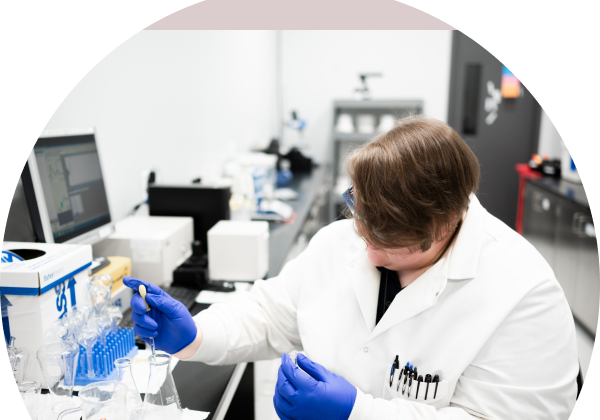
ISurTec is strongly committed to research and development, with an interdisciplinary team of scientists and engineers focused on developing new coated products for the scientific and medical communities. Our research is supported by the National Institutes of Health (NIH) through the Small Business Innovative Research Program (SBIR).
Did you know that 50% of patients with ureteral stents experience complications such as painful encrustation and infections? Over time, ureteral stents and other devices in the urological tract can become encrusted with calcium and magnesium salts. ISurTec’s innovative anti-encrustation coating has demonstrated the ability to reduce calcium deposition by over 80% after just one month. This significant advancement represents a major improvement in patient well-being. A heartfelt thanks to our dedicated team for its efforts and the NIH SBIR program for funding this groundbreaking research (NIH-R44DK097934).
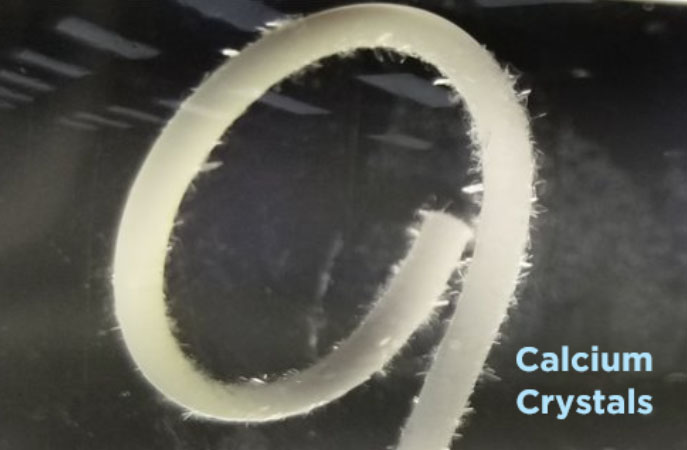
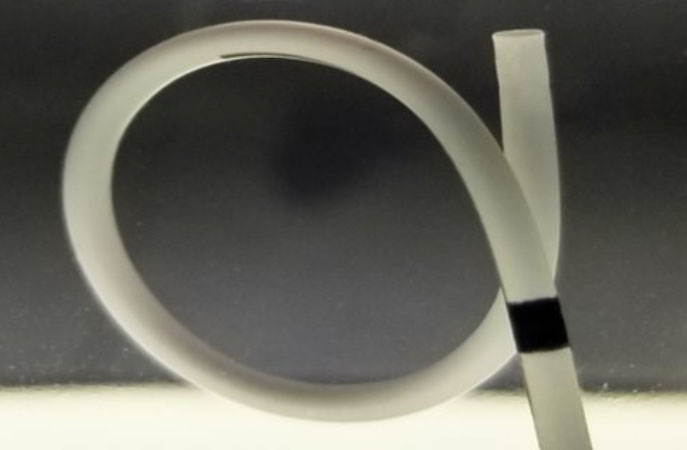
Uncoated PU Ureteral Stent
ISurTec-coated PU Ureteral Stent
Over 30% of implantable cerebrospinal fluid (CSF) shunts used to treat hydrocephalus fail within the first year. Shunt failure necessitates surgical reintervention, which, if delayed, can lead to severe consequences, including brain damage or death. Implantable silicone shunts have been used successfully for decades to treat this disorder. While silicone is a well-established and biocompatible material for implantation, the primary, often unaddressed, cause of shunt failure is clogging due to embolism and tissue ingrowth. Through funding provided by the NIH SBIR Program, ISurTec is developing a novel coating designed to reduce shunt failure by minimizing cell and tissue adhesion to the shunt material. By improving the longevity and reliability of CSF shunts, we hope to enhance patient outcomes and reduce the need for repeated surgical interventions (NIH-R44NS119007).
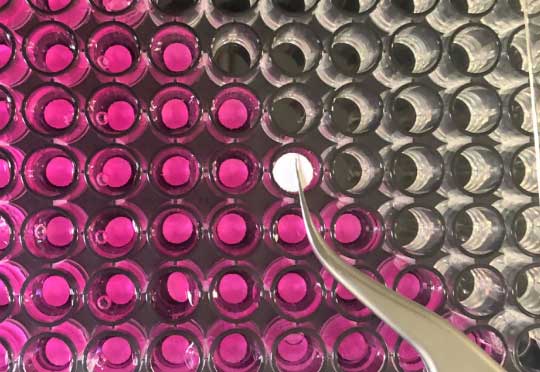
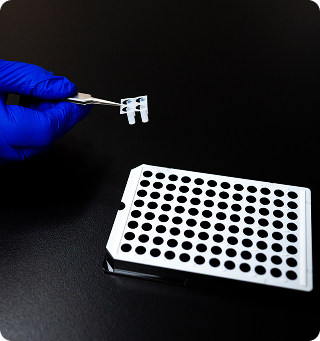
ISurTec works with companies internationally to craft solutions for difficult surface modification and coating challenges. From basic idea to a commercial solution with tight specifications, we will collaborate with you to design and implement a solution, then support your technology transfer.
Silicone rubber is increasingly used in medical devices, implantables, and wearables due to its biocompatibility, flexibility, and stability in the body, as well as its lack of leachable chemicals. Silicone rubber is relatively easy to manufacture and form into complex shapes, further lending to its draw as a key medical device material. But when it comes to applying a lubricious coating to silicone rubber, challenges arise.
In addition to performing government and customer research, ISurTec is proud to perform internal research – which has resulted in impressive technology.
Innovative hydrophilic primer + topcoat with excellent durability.
ISurTec is a technology innovator with a deep passion for identifying, creating and commercializing new methods and products that enable companies to fulfill their mission.
Innovative Surface Technologies, Inc.
1045 Westgate Drive Suite 100
Saint Paul, MN 55114
651-209-9757
ISurTec will consistently provide high quality products and services that meet requirements for medical device coatings and other scientific coatings. We will actively strive to bring excellence to the surface in all that we do, meeting or exceeding customers’ needs and expectations, and improve the quality of our products and service by enabling each employee to fulfill their job responsibilities correctly the first time.
The following are trademarks of ISurTec: ISurTec®, ISurGlide®, ISurLite®, ISurTherm®, ISurCoat®, PhotoPrime®, ISurGuard™, ISurBlock™, ISurCell™. All rights are expressly reserved.